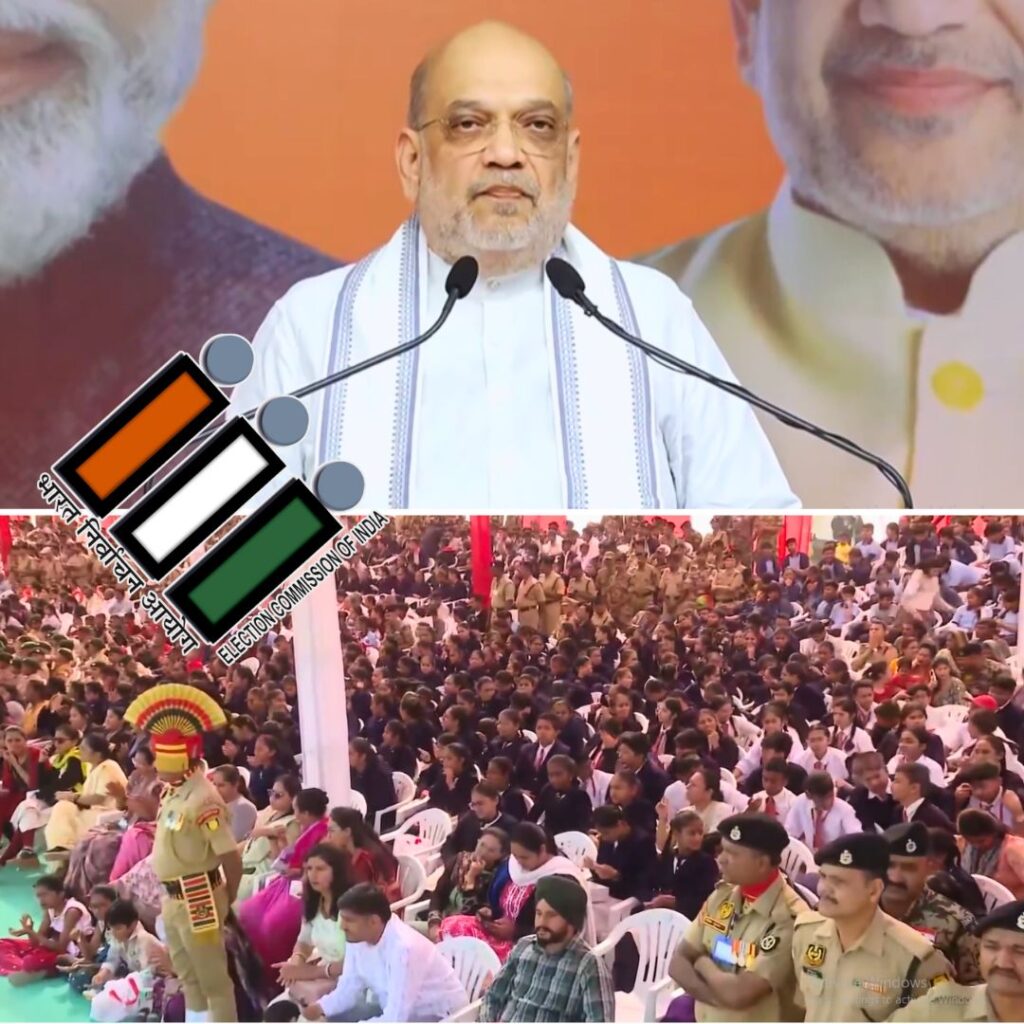On 10 November 2025, a white Hyundai i20 exploded near the historic Red Fort metro station in Delhi, killing at least 15 people and injuring over 20 others. The blast occurred around 6:52 pm IST, after the vehicle had been parked near the site for three hours.
A major revelation from the ongoing investigation is that Dr Muzammil Shakeel Ganai, a suspect linked to the wider terror module, had purchased an AK-47 rifle for more than ₹5 lakh in 2022. This AK-47 was recovered from the locker of co-accused Adeel Rather.
Investigators have revealed this weapon purchase as a crucial indication of the high level of planning, funding, and sophistication behind the terror network operating across multiple states. Explosives used in the attack were reportedly stored and processed in a deep freezer, underlining the group’s technical preparations
CCTV footage showed a masked driver stopping briefly at a traffic light before the explosion. The resulting fire destroyed nearby vehicles and caused widespread panic. Emergency responders brought the fire under control quickly, and the injured were admitted to local hospitals.
The government labeled the event a “terrorist attack,” and authorities warned against spreading misinformation or unverified videos related to the incident.
Organised Terror Network Revealed
Investigations led by the National Investigation Agency (NIA) uncovered a well-organised terror module with links to Pakistan-based militant groups Jaish-e-Mohammed.
Key suspects include Dr Muzammil Shakeel Ganai, Dr Umar Mohammad, the suicide bomber who detonated the vehicle, and Amir Rashid Ali, the vehicle’s registered owner. Muzammil is believed to have purchased the AK-47 rifle found in a locker, while explosives were meticulously hidden in a deep freezer, highlighting advanced preparation.
Arrests have been made in Srinagar, Jammu and Kashmir, and Uttar Pradesh, pointing to a complex interstate and transnational network involving multiple doctors and handlers. The terror cell reportedly planned coordinated attacks across the Delhi NCR region, using coded references to “operations” in seized diaries.
Background and Ongoing Probes
Dr Umar, originally from Pulwama and affiliated with Al-Falah University in Faridabad, was linked to the terror module responsible for the blast. DNA analysis confirmed him as the suicide bomber.
The NIA is actively tracking financial and logistical support networks, arresting six suspects so far and interrogating others to unravel the full conspiracy. Authorities are careful in their communication, refraining from directly accusing Pakistan despite evident external links, to avoid escalating diplomatic tensions.
The incident marks Delhi’s first terror attack in over a decade, highlighting the persistent threat of militancy infiltrating urban centers through white-collar and professional fronts.
The Logical Indian’s Perspective
This tragic attack underlines the persistent dangers posed by covert and well-funded terror networks exploiting professional domains, spreading fear, and destabilising communities.
The Logical Indian advocates for a dual approach focusing on strong, coordinated law enforcement action combined with community engagement grounded in empathy, dialogue, and coexistence. Tackling the root causes of extremism requires societal harmony and collective resolve beyond punitive measures.












